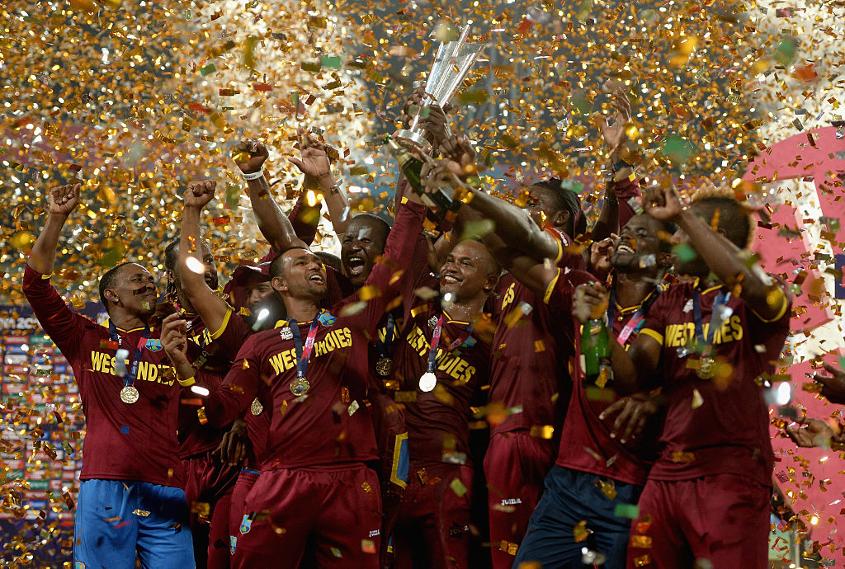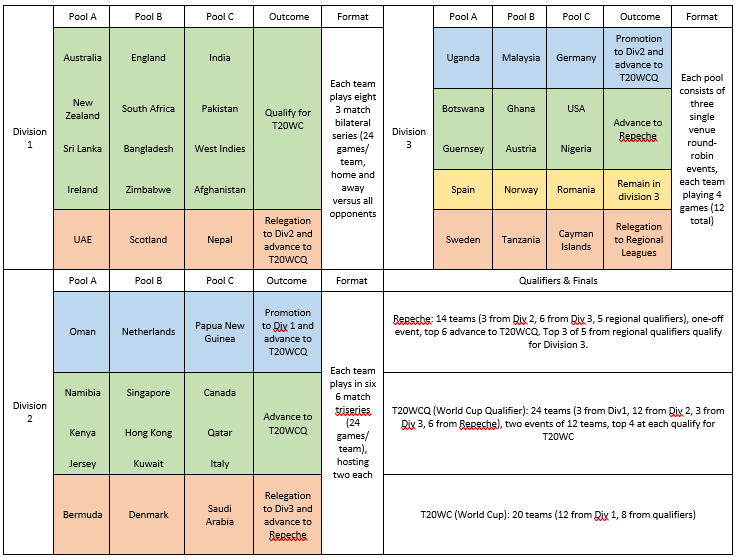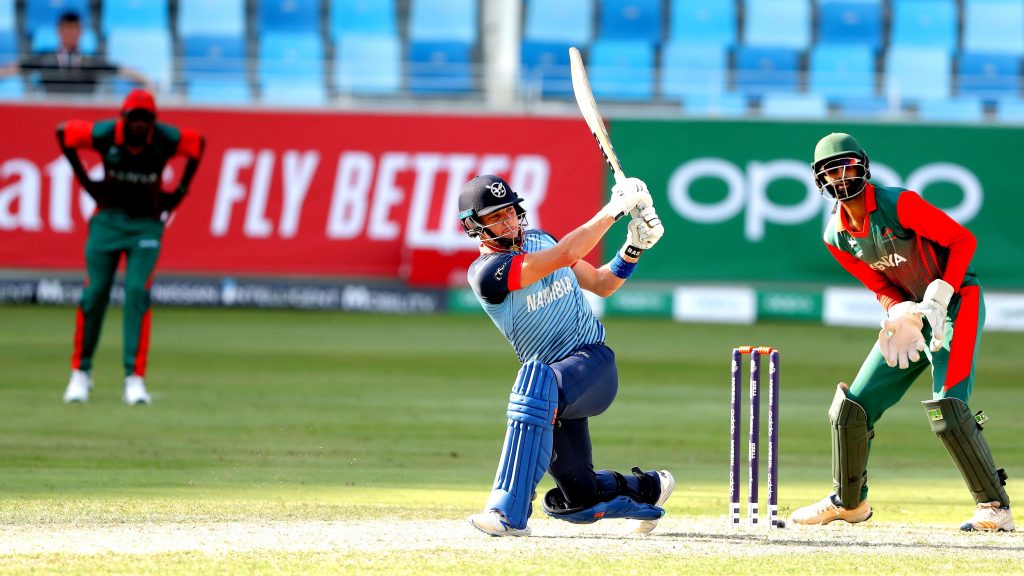Originally posted by Tom Grunshaw on
What to do about bilateral cricket?
When you sit down and think about it, bilateral tours are little more than friendly fixtures. Sure, you’re representing your country at the highest level, and places on the (totally broken) rankings table are up for grabs. However, for the most part, these fixtures possess very little in terms of context or storyline.
We’ve recently seen the ICC introduce new structures into Test Match and 50 Over cricket to provide much needed context to both formats of the game, the latter now stretching across the top 32 teams in the world and designed such that every team must qualify for the next ODI World Cup in 2023. Previously the top teams had qualified based on status or rank. Whilst neither structure is perfect, at least they exist.
As it stands, there is no such structure to encompass T20 cricket. Despite being globally the most popular and competitive form of the game, the ICC has not put into motion as much as a plan for a T20 championship. It’s a glaring hole in the armour given that the ICC has put so much effort into the two longer formats but the shortest and most played is left to its own devices.
As part of this series looking ways to improve and futureproof international cricket, it seems best to consider a global T20 championship: What should it be? Who should play in it? How should we structure it?

Why do we need a T20 Championship? Apart from being the obvious gap in the ICC’s repertoire, a well-designed T20 Championship could be used to provide more meritocracy to the game. First and foremost, the tournament could provide a pathway by which all members are required to qualify for the T20 World Cup. The structure could be used to reward successful associate nations with higher quality opposition – top performing associate members would play more frequently against full members. Further, all tournaments or series within this structure would gain much needed context, particularly key for series that are less financially lucrative.
So, the brief:
- The structure should serve as a qualification pathway for the T20 World Cup
- Since T20 is the designated global growth format, the structure should allow all member nations to participate
- The structure should provide all participating nations with a pathway to the next T20 World Cup
- The top level(s) of the structure should reflect that T20 is the most globally popular format
- The tournament structure should aim to take advantage of existing bilateral tours or short tournaments
With that in mind, I’m going to propose two outlines for potential T20 Championships that would fulfil the above criteria. One inspired by the UEFA Nations League, one inspired by the NFL.
UEFA Nations League Inspired
The UEFA Nations League is a European international football tournament. Introduced in 2018, the competition provides context to the international friendlies that punctuate the domestic football season. Teams are broken down into leagues based on their rank and then sorted into groups. Each team plays all the teams in their group over a 12-month period, and the final rankings determine promotion and relegation between leagues.
The tournament was designed for European football, but it would also work beautifully for international cricket. Dividing teams up into divisions of 10 – 16 teams based on performance would guarantee every team involved competitive cricket. Promotion and relegation between divisions at the end of each cycle would add drama and incentive. Properly designed fixture lists would make for few dead rubbers as every team would have something to play for. Such a design could help to engage new and casual fans across all tiers as the context and purpose would be easy to understand.
On top of that, the final rank of teams could be used to determine world cup qualification, with teams progressing either directly to the world cup, or to a qualifying tournament based on their finishing position.

Pictured above is an example structure. The top 45 teams are broken down into 3 divisions of 15, and each division into 3 pools of 5. A potential World Cup qualifying pathway is colour-coded into the design.
Perhaps the greatest advantage of this design is its flexibility. For the top division, bilateral series would be the obvious choice for fulfilling fixtures. Depending on the time between T20 World Cups (whether it’s two or four years), the division could be run as a single league or broken down into pools to suit the time frame. As we progress down the divisions, budgets and player availability are decreased. Therefore, it would be preferable to have smaller groups to reduce the number of fixtures. By playing in tri-series or single venue events, akin to the Cricket World Cup League 2 and Challenge Leagues in the 50 Over structure, we reduce pressure on the smaller nations.
This design provides an extended pathway for nations to qualify for the T20 World Cup. Equivalent regional tournaments could be used to provide those not included in the top 45 with a pathway to the final tournament. However, it provides fewer opportunities for associates to mix it with full members.
NFL Inspired
Perhaps the greatest example of a tournament where there are lots of teams but comparatively few games is the NFL. In the NFL, the 32 franchises are assigned to conferences based on their region (and historical affiliations). Each team plays all their opponents in their division twice each season, but also plays teams in selected other divisions based on their region and rank. Each team plays 16 games per season, and the top teams progress to the playoffs.
Once again, we can take inspiration from this for a T20 Championship. The top teams in the world could be broken down into conferences of 3 – 5 teams, ideally along regional lines. Each team would play against all their conference opponents, as well as selected other fixtures in cross-conference games.

In the example above, the teams a broken down into roughly regional conferences of 4 teams. For the purposes of balancing, Bangladesh has been moved from Asia East (3 full members) to Americas (1 full member). This way, each conference has two full members and two associates. Each team is assigned a grade based on their rank. Each team (blue) would play all their opponents from their conference in a 3-match series (indicated in green). They would also play two teams from the same grade but a different conference (yellow), and a series against one team from each remaining conference but of a different grade (red). This means that all teams play their local rivals, plus one team from all other regions. Each team also plays two series against teams from each grade, providing a balanced fixture list.
The top two in each conference would qualify direct for the World Cup. The remaining teams playing in a global qualifier against regional champions.

This format provides more opportunities for associates against full members, but this may be a drawback. The politically most powerful nations may be unwilling to travel to less established nations on a regular basis. Games could be one sided and certain facilities may not be up to the standard expected by touring full members. But then consider the scenes as Sandeep Lamichhane strides into bowl to Virat Kohli at the TU ground. The potential for such series to raise to profile of the game in these nations is second to none.
Regional Tournaments
As mentioned already, we also need to make sure the teams not involved in the global tier(s) of our championship are provided with regular, competitive cricket. Overhauling existing regional tournaments is not straight-forward because each ICC region has a different geography and a different number of and standard amongst their members. Each region could therefore require a unique solution. Despite this, we can take inspiration from the UEFA Nations League and the former World Cricket League to assist us. Providing a pathway with promotion and relegation, as well as regular cricket, will benefit all those involved.
Perhaps because T20s – both international games and franchise leagues – are already most popular and financially lucrative, it isn’t necessary to have a structured global T20 Championship. But having one could certainly add context and jeopardy to the existing cricket calendar, as well as providing opportunities for emerging teams to gain exposure and develop, and that should be the point, shouldn’t it?
Coming soon: Cricket for a New Decade Part III – Improving Existing Structures







